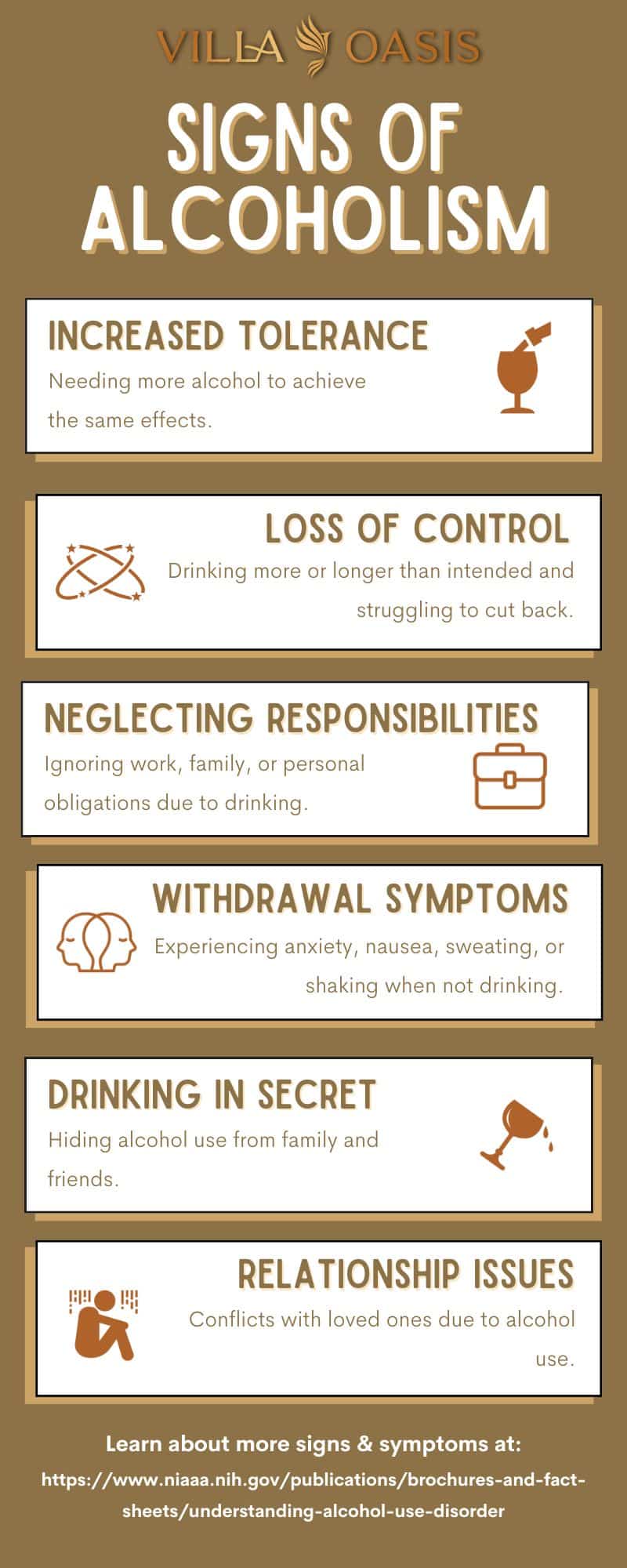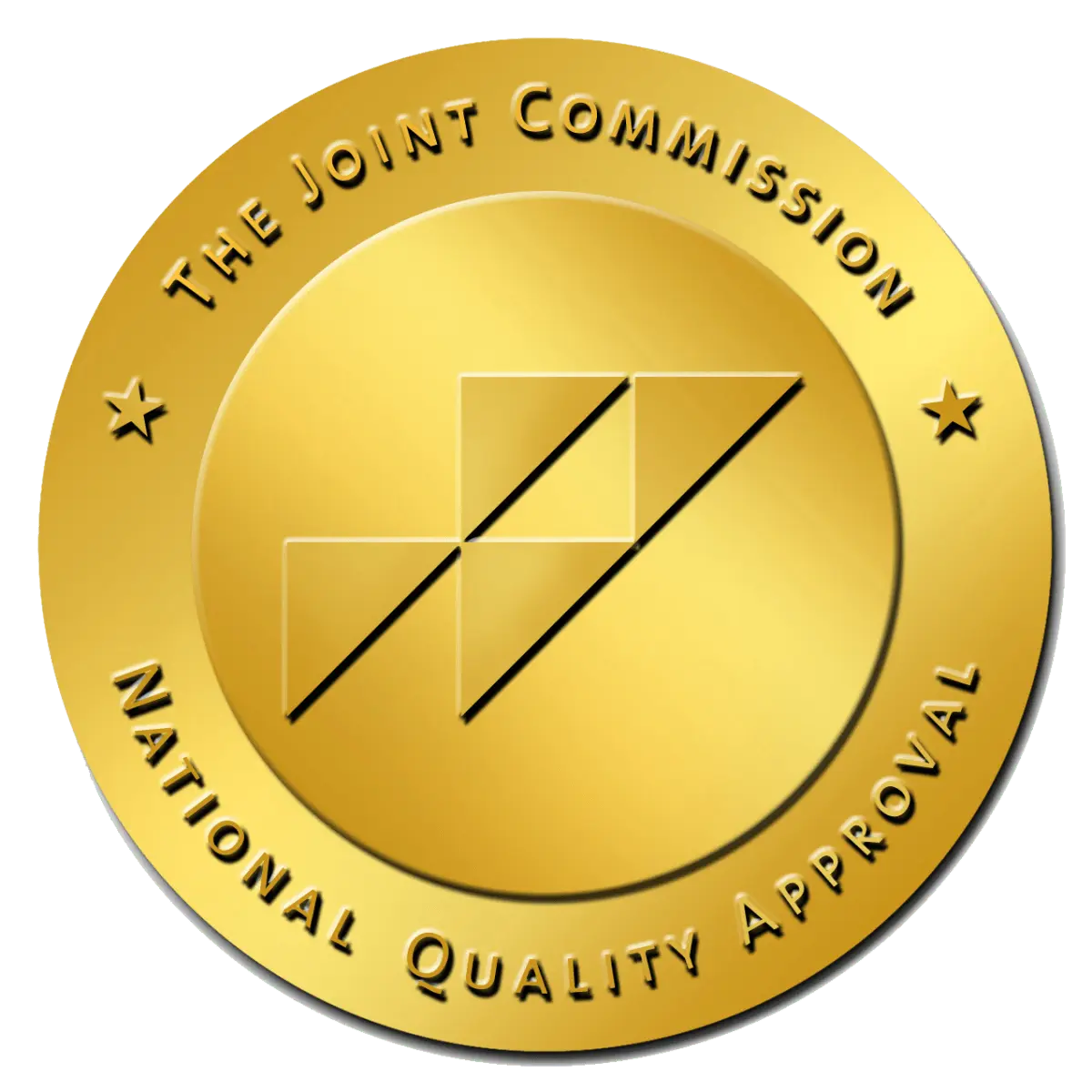AM I AN ALCOHOLIC? QUIZ
Navigating the landscape of drinking habits can be complex. It’s challenging to discern when one’s alcohol consumption transitions from being casual to indicative of alcohol use disorder, commonly known as alcoholism. This section aims to shed light on that very question. Furthermore, understanding the nuances, symptoms, health risks, and the available addiction treatment options is paramount.

Alcoholism Quiz
Understanding Alcohol Use Disorder and Alcoholism
Alcohol use disorder encompasses conditions like alcoholism and alcohol addiction. This disorder is defined by: 1
-
A notable lack of control over alcohol consumption.
▻
-
An obsessive preoccupation with drinking.
▻
-
Continuation of alcohol use despite facing negative consequences.
▻
-
The need to consume more alcohol to achieve the same initial effects, suggesting a growing tolerance.
▻
-
Experiencing withdrawal symptoms when reducing or halting alcohol intake abruptly.
▻
-
Binge drinking, a form of unhealthy alcohol use, is characterized by a male consuming five or more drinks or a female consuming at least four drinks within two hours. This drinking pattern poses significant health and safety risks.
▻
Alcohol use disorder’s severity can range, but even a mild form can severely impede daily life, causing distress and functional issues. If there’s suspicion of oneself or a loved one grappling with alcoholism, seeking treatment immediately becomes crucial.
Alcohol Consumption Statistics
Prevalence of binge drinking & heavy alcohol use
High-intensity drinking
-
High-intensity drinkers who drank alcohol twice as much as binge drinking thresholds were 70 times more likely than none binge drinkers to have alcohol-related emergency department visits
▻
-
High-intensity drinkers who drank alcohol three times as much as binge drinking thresholds were 93 times more likely to have alcohol-related emergency department visits
▻
Ages 12 & older
-
14.5 million people (5.3%), including 9.0 million men (6.8%) and 5.5 million women (3.9%) ages 12 and older, had an alcohol use disorder in 2019 2
▻
Youth ages 12 to 17
-
414,000 adolescents (1.7%) age 12 to 27, including 163,000 males (1.3%), and 251,000 females (2.1%) had an alcohol use disorder in 2019 2
▻
Additional alcohol-related statistics
-
The rate of all alcohol-related ED visits increased 47% from 2006 to 2014, which is roughly 210,000 a year 2
▻
-
Alcohol contributes to 18.5% of ED visits and 22.1% of overdose deaths, including prescription opioids 2
▻
-
Approximately 95,000 people (68,000 men and 27,000 women) die a year from alcohol-related causes 2
▻
-
In 2019, there were 10,142 deaths caused by alcohol-related driving fatalities, which made up 28% of all driving fatalities 2
▻

Identifying Signs of Alcoholism
Understanding the symptoms of alcohol use disorder is pivotal in identifying the issue early. The severity of this disorder often correlates with the number and intensity of symptoms an individual exhibits. The following are common indicators: 2
-
Drinking more or longer than planned 3
▻
-
Having an inability to limit the amount of alcohol consumed 1
▻
-
Trying to cut back or stop more than once without success 3
▻
-
Spending a lot of time drinking, getting alcohol, or recovering from alcohol use 1
▻
-
Feeling an intense craving or urge to drink alcohol 1
▻
-
Having an inability to think of anything other than drinking for a time 3
▻
-
Having problems with work, school, or family due to drinking habits 3
▻
-
Continuing to drink even though it causes these problems 3
▻
-
Quitting or cutting back on other vital activities in favor of drinking 3
▻
-
Needing to drink more than before to get the same effect 3
▻
-
Using alcohol in unsafe situations, like when driving or swimming 1
▻
-
Experiencing withdrawal symptoms, including trouble sleeping, shakiness, restlessness, nausea, sweating, a racing heart, a seizure, or hallucinations, after a buzz wears off 3
▻

Alcohol Intoxication and its Effects
-
Inappropriate behavior
▻
-
Unstable moods
▻
-
Impaired judgment
▻
-
Slurred speech
▻
-
Impaired attention or memory
▻
-
Poor coordination
▻
The Challenges of Alcohol Withdrawal
-
sweating
▻
-
rapid heartbeat
▻
-
hand tremors
▻
-
problems sleeping
▻
-
nausea and vomiting
▻
-
hallucinations
▻
-
restlessness and agitation
▻
-
anxiety
▻
-
seizures (occasionally)
▻

Excessive Drinking Health risks
Excessive alcohol use, whether in short bursts like binge drinking or as a prolonged habit, can lead to various health complications. Understanding these risks is essential for promoting safe drinking habits. 4
Short-term health risks
-
Injuries, including motor vehicle crashes, falls, drownings, and burns
▻
-
Violence, including homicide, suicide, sexual assault, and domestic violence
▻
-
Alcohol poisoning
▻
-
Risky behaviors, such as unprotected sex or sex with multiple partners
▻
-
Miscarriage, stillbirth, or fetal alcohol spectrum disorders in pregnant women
▻
Long-term health risks
-
High blood pressure, heart disease, stroke, liver disease, and digestive problems
▻
-
Cancer of the mouth, throat, esophagus, voice box, liver, colon, rectum, and breast
▻
-
Weakening of the immune system
▻
-
Learning and memory problems, including dementia and poor performance at school and work
▻
-
Mental health problems, including depression and anxiety
▻
-
Social problems, including those related to family, friendships, and work
▻
-
Alcohol use disorders, alcohol dependence, or alcoholism
▻
How Alcohol Impacts the Body
he consumption of alcohol, particularly when heavy and extended, has substantial effects on various parts of the body, potentially leading to serious health complications. 5
Brain
Alcohol has a direct impact on the brain, altering brain functions and leading to changes in behavior, mood, and neuromotor skills. Over time, chronic drinking can result in permanent brain damage and cognitive impairments. 5
Heart
Regular and excessive alcohol consumption can strain the heart, leading to: 5
-
Cardiomyopathy: A condition where the heart muscle stretches and droops.
▻
-
Arrhythmia: Irregular heart rhythms.
▻
-
High Blood Pressure: Elevated blood pressure levels increase the risk of strokes and heart attacks.
▻
Liver
The liver is particularly vulnerable to prolonged alcohol use: 5
-
Steatosis (Fatty Liver): A common initial response to heavy drinking.
▻
-
Alcoholic Hepatitis: Inflammation and damage to the liver.
▻
-
Fibrosis: Thickening and scarring of connective tissue.
▻
-
Cirrhosis: Late-stage scarring of the liver due to various liver diseases.
▻
Pancreas
Contrary to the information provided, the pancreas’s primary issue concerning alcohol is the production of toxic substances that can lead to pancreatitis, which is a dangerous inflammation and swelling that hinder the pancreas from functioning properly. 5
Immune system
Frequent heavy drinking weakens the immune system, raising susceptibility to diseases such as pneumonia and tuberculosis. This weakened immunity lasts for up to 24 hours post-drinking, reducing the body’s ability to counter infections. 5
Cancer
Prolonged alcohol consumption is associated with a higher risk of developing various cancers. The National Toxicology Program of the US Department of Health and Human Services has recognized it as a human carcinogen. The risk is elevated even for those who consume only one drink per day or engage in binge drinking. Associated cancers include: 5
-
Head and Neck Cancers: Covering oral cavity, pharynx, and larynx cancers.
▻
-
Esophageal Cancer: Particularly esophageal squamous cell carcinoma.
▻
-
Liver Cancer
▻
-
Breast Cancer
▻
-
Colorectal Cancer
▻

Underlying Causes of Alcohol Dependence
Alcohol Use Disorder (AUD), commonly referred to as alcohol addiction or alcohol dependence, is a complex condition. While the exact cause remains under investigation, experts recognize that several factors play a role. 6
Excessive and frequent alcohol consumption can induce chemical alterations in the brain. These changes amplify the feelings of pleasure or euphoria derived from drinking, subsequently compelling the individual to consume more. As a result, even if alcohol consumption leads to detrimental outcomes, the desire to drink persists.
With continuous exposure to alcohol, the brain develops a tolerance. This means the pleasurable effects diminish over time, prompting an increase in alcohol intake to achieve the same sensations. Avoiding unpleasant and potentially dangerous withdrawal symptoms becomes another reason for continued consumption. Hence, AUD tends to progress insidiously
Alcohol Dependency Risk factors
Certain risk factors increase an individual’s chances of developing an alcohol use disorder. These risk factors include:
-
Age. Alcohol use disorder most commonly occurs between ages 18 and 24.
▻
-
Gender. Men are more likely to develop alcohol use disorder than women.
▻
-
Early alcohol use. Individuals who first use alcohol as children or teens are more likely to develop an alcohol use disorder.
▻
-
Steady drinking over time. Excessive drinking regularly over an extended period or binge drinking can increase someone’s risk of developing alcohol use disorder.
▻
-
Family history. Someone who has parents, siblings, or children with alcohol use disorder is more likely to develop it themselves.
▻
-
Genetics. Genetic factors can also increase someone’s risk of developing alcohol use disorder.
▻
-
Mental health issues. Individuals with mental health disorders such as anxiety, depression, schizophrenia, or bipolar disorder are more likely to develop alcohol use disorder.
▻
-
History of trauma. People who have a history of emotional or physical trauma are more likely to develop alcohol use disorder.
▻
-
Parental approval. Teens who have parents who approve of alcohol use are at higher risk of developing alcohol use disorder.
▻
A person may have an alcohol use disorder even if they do not have any of these risk factors; however, the more risks a person has, the greater their chances of developing alcohol use disorder.
Preventing Alcohol Addiction
To curb the onset or progression of Alcohol Use Disorder (AUD), adopting responsible drinking habits is vital: 7
-
Mindful Consumption: Opt for moderate drinking. This means not letting consumption get out of control.
▻
-
Adherence to Guidelines: Abide by the recommended dietary guidelines. Typically, these suggest that women limit their intake to one drink per day, while men restrict themselves to two.
▻
-
Consult a Healthcare Provider: Engage in open conversations with healthcare professionals about drinking behaviors. If needed, seek counseling or therapeutic interventions.
▻
Diagnosis of Alcohol Use Disorder (AUD)
Suspecting AUD in oneself or in a loved one necessitates prompt diagnostic measures. The pathway usually starts with: 8
-
Ask questions regarding your drinking habits. The doctor may ask you questions directly and ask permission to speak with your friends or family regarding your drinking habits. Without your consent, your doctor cannot share any information about you.
▻
-
Perform a physical exam. The doctor may find many physical signs to indicate any complications associated with your alcohol use.
▻
-
Perform tests. These tests can include lab tests and imaging tests that can show abnormalities that may be associated with alcohol use disorder. These tests will also identify any health problems related to your alcohol use.
▻
-
Complete a psychological evaluation. A psychological assessment includes questions regarding any symptoms, thoughts, feelings, and behavior patterns you experience. This evaluation may sometimes include a questionnaire.
▻

Alcohol Abuse Treatment Options
If you or someone you know faces challenges with alcohol use disorder or alcohol dependence, prompt intervention with a mental health expert is crucial. The therapeutic journey is multifaceted and tailored to each individual’s needs. Often, a blend of strategies proves most effective. 9
Treatment Modalities
Detox
Psychotherapy
-
Change behaviors that cause the desire to drink
▻
-
Cope with stress and other triggers
▻
-
Create a strong support system
▻
-
Set goals and find ways to reach them
▻
Medication
-
Disulfiram (Antabuse). This medication makes the user feel sick or throw up any time they consume alcohol.
▻
-
Acamprosate (Campral). This medication helps to reduce cravings for alcohol.
▻
-
Naltrexone (Revia). This medication blocks the high that usually occurs when alcohol is ingested
▻
Building a Supportive Environment
-
Staying surrounded by family, friends, and other supportive individuals who are aware that the individual should not drink alcohol
▻
-
Taking care of the body by eating a healthy diet, getting the right amount of sleep, staying active, and managing stress levels
▻
-
Engaging in activities and hobbies that do not involve alcohol
▻
-
Getting involved in group therapy during a treatment program
▻
-
Joining a support group such as Alcoholics Anonymous, SMART Recovery, and other programs
▻
Sources
- https://www.mayoclinic.org/diseases-conditions/alcohol-use-disorder/symptoms-causes/syc-20369243
- https://www.mayoclinic.org/diseases-conditions/alcohol-use-disorder/symptoms-causes/syc-20369243
- https://www.webmd.com/mental-health/addiction/understanding-alcohol-abuse-symptoms
- https://www.cdc.gov/alcohol/fact-sheets/states/excessive-alcohol-use-united-states.html
- https://www.niaaa.nih.gov/alcohols-effects-health/alcohols-effects-body
- https://www.healthline.com/health/alcoholism/basics#causes
- https://www.cdc.gov/alcohol/prevention/index.html
- https://www.mayoclinic.org/diseases-conditions/alcohol-use-disorder/diagnosis-treatment/drc-20369250
- https://www.webmd.com/mental-health/addiction/alcohol-use-disorder-treatments#3

